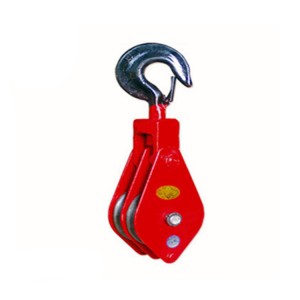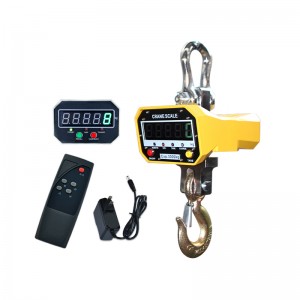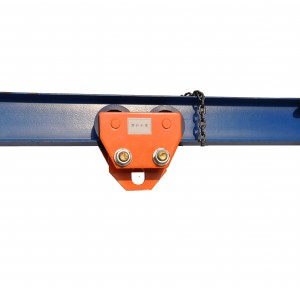Different workers and different companies may be referring to slightly different things when they talk about ‘lifting equipment’. As a relatively general term, the term usually requires a little more context around the industry and use case to fully understand the exact type of lifting equipment being referred to.
But in most cases, lifting equipment refers to any plant or piece of equipment which is designed to move a ‘load’ from point A to point B.
So lifting equipment can include hoists, cranes, shovels, forklifts, elevated work platforms, rigging equipment, slings and more.
To anyone who has worked on an industrial site or project, the importance of every type of lifting equipment is obvious.
Projects and assets are becoming larger, taller and more sophisticated, and sophisticated lifting equipment is required to deliver these projects.
Workplace and worker safety is more important than ever , so ensuring safety for people working at heights and using lifting equipment is a minimum requirement.
The pressure on contractors and subcontractors to deliver quality work on time and on budget is growing, so ‘capital’ in the form of lifting equipment and other machinery is vital for speed and quality
In order for companies and projects to minimise the chance of lifting equipment issues, failures and accidents, they engage in lifting equipment inspections. And the procedure and frequency of these inspection is crucial.
The right lifting equipment inspection frequency for you
Getting your lifting equipment inspection frequency is the most important part of lifting equipment management and maintenance, as that dictates whether you are in a position to surface and rectify any of the issues which do arise – before they turn into incidents.
Most countries or local authorities have their own guidelines and rules around lifting equipment inspection frequency, so we are going to focus on the Australian standards today – as Australia is generally a good example of site safety best practice anyway.
Below, we have two examples of lifting equipment frequencies, both of which stems from the general Australian standards.
You may also need to fill in some gaps with other guidelines or materials, and end up with an inspection frequency which will stand up to any audit and stand your company in good stead too.
The below inspection schedule comes from Lifting department, who have created this inspection frequency from the Australian standards.
Post time: Jun-02-2022







